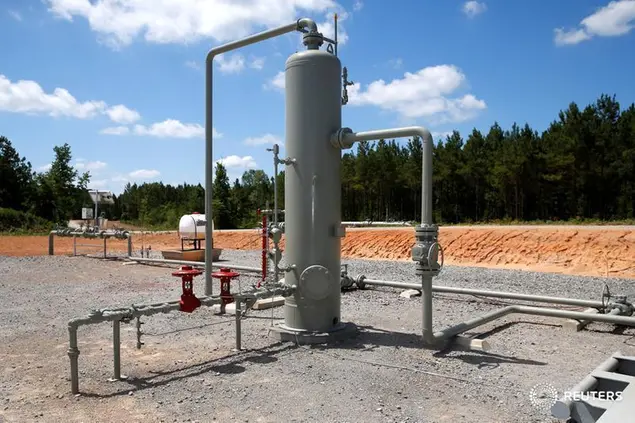PHOTO
US shale oil production is likely to increase further as soaring oil prices provide healthy cash flows to ease their debt burden to near pre-pandemic levels this year, allowing them to increase capital expenditure, according to a new report on the Saudi oil and gas sector by Al Rajhi Capital.
All the US shale companies tracked by the firm reported a “significant improvement” in net profits in 2021/2022, mainly due to healthy demand and higher oil prices, the Riyadh-based financial services firm said in the report said.
Oil prices have soared past $110 a barrel since Russia's invasion of Ukraine led to an energy crisis. They are up nearly 70 percent over the last year.
The average return on assets (RoA) also improved to 12.8 percent in the first quarter of 2022 from 10.7 percent in the fourth quarter of 2021 and -3.1 percent in Q1 2021.
“Accordingly, the stock performance of all the shale companies posted strong returns in 2021 as well as in 2022 YTD,” the report said.
Al Rajhi Capital said in 2020, the total capex of the US shale producers declined about 44 percent on an annual basis. Although the trend has reversed in 2021 with the cumulative capex increasing by 27 percent y-o-y, it is still lower than 2019 levels.
Meanwhile, the aggregate debt of the US shale companies fell around 12 percent YTD and reached near pre-COVID levels, which could be attributable to increased cash flows amid rising oil prices.
"Overall, with likely improvement in operating cash flows amid higher oil prices, and lower DUC (drilled-but-uncompleted) well inventory, we expect shale producers to increase their spending, implying higher production going forward," the report noted.
Al Rajhi said excluding the impact of interest and tax expenses on free cash flow — cash from operations after paying for capital expenditure — the cash per barrel of oil required for shale companies increased to $34 per barrel in the first quarter of 2022 from $23 per barrel in the first quarter of 2021.
However, that remains lower than the $51 per barrel required in the first quarter of 2020, “providing enough cushion to boost the production levels amid higher oil prices”.
(Reporting by Brinda Darasha; editing by Seban Scaria)
